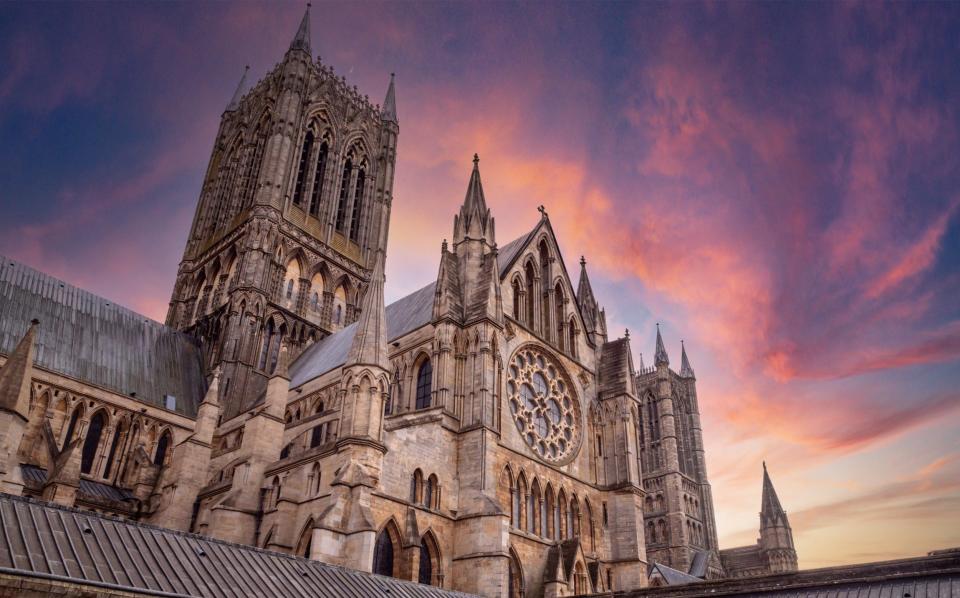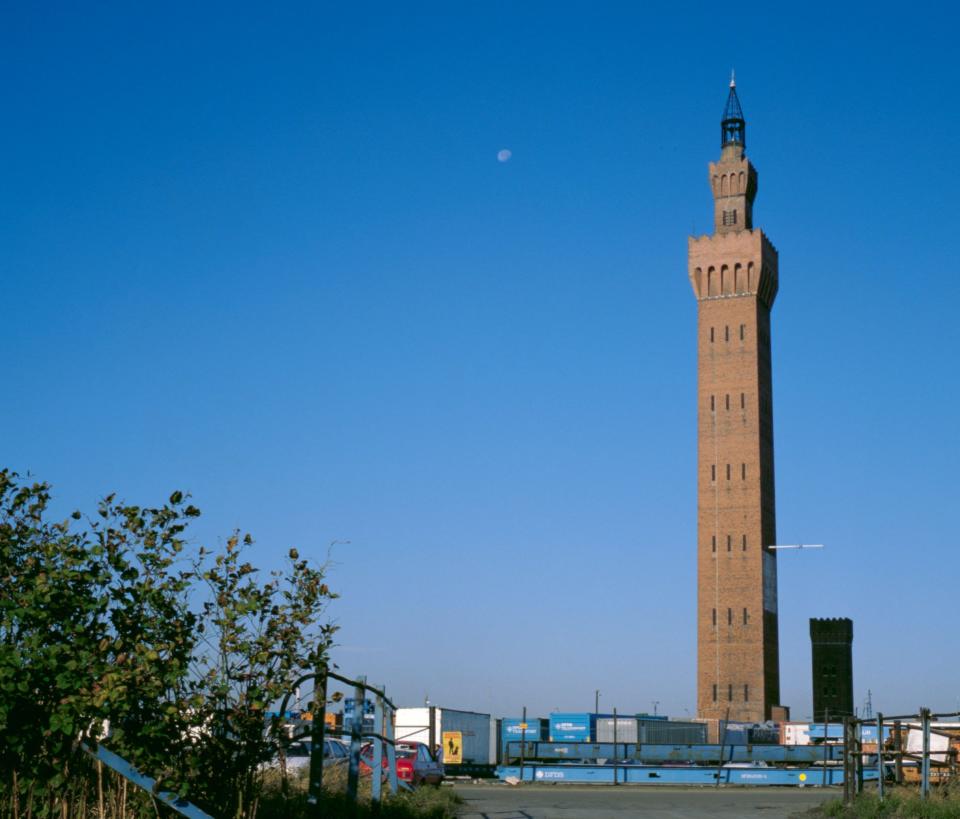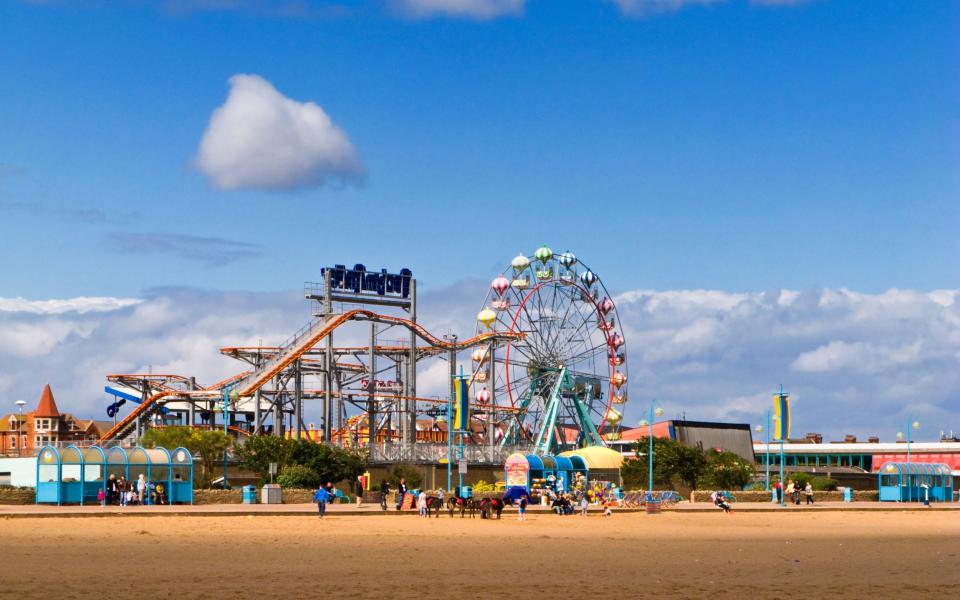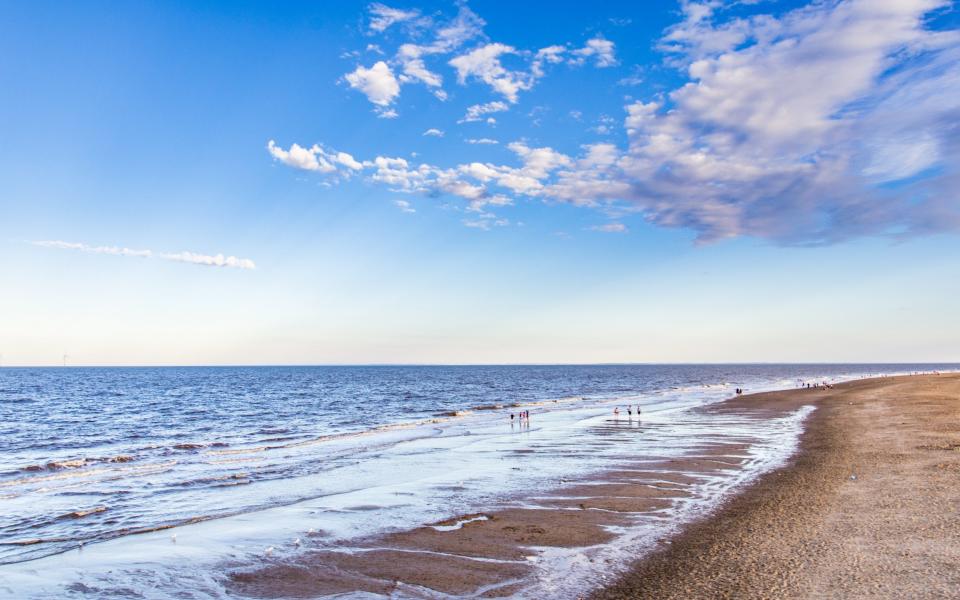The underrated English county that’s a cross between Tuscany and the Sahara

Lincolnshire is having a moment. The oft-overlooked county has just been named a “trending UK hotspot” by holiday giant Expedia, which reported a 70 per cent increase in people looking to book a hotel stay there. Brighton, Swansea and Durham were listed as other up-and-coming destinations.
The county is a hotspot in other senses, too. On July 19 2022, the Lincolnshire town of Coningsby, already in possession of the world’s largest one-handed clock face, recorded Britain’s highest ever temperature of 40.3C (104.5F). No need to risk queues and cancellations in search of summer heat this year, just visit Lincolnshire, where it’s sometimes hotter than the Sahara – only with more to see.
Lincolnshire, England’s second largest county, is used to breaking records. For over 200 years from 1311 until 1548 Lincoln Cathedral, ‘the most precious piece of architecture in England’ according to John Ruskin, was the tallest building in the world, with a central spire 525 feet high (160m) – the first structure in 4,000 years to top the Great Pyramid. Alas, the spire blew down in a storm.
Near to the cathedral stands a third-century Roman arch, the oldest in Britain still used by traffic, while the aptly named Steep Hill, a winding cobbled street lined with houses dating back to the Normans, and leading from the cathedral down into commercial Lincoln, is the fourth steepest street in England.
Elegant Louth, in the Lincolnshire Wolds, is the northernmost town on the Prime Meridian, and possesses the highest church steeple in England, 295 feet high. That honour used to belong to Grantham, where the steeple of St Wulfram’s reached 281 feet (86m) in the 13th century, the first church steeple in Britain to top 250 feet (76m).

Grantham was the birthplace in 1925 of Margaret Thatcher, while a few miles to the west is Woolsthorpe Manor, a rambling 17th-century farmhouse which was the birthplace, on Christmas Day 1643, of Isaac Newton. It was at Woolsthorpe that he observed an apple drop from a tree in the orchard and thus discovered gravity, and if you visit at the right time of year you, too, can see an apple drop from the very same tree.
The tower of St Botolph’s in Boston, the Boston Stump, is the tallest medieval church tower in Britain, 272 feet high (83m) and a prominent landmark for sailors on the Wash. It would have been a familiar sight to the Pilgrim Fathers for it was from Boston, in 1607, that religious separatists William Brewster and William Bradford and their followers first attempted to sail away to the Netherlands to escape persecution. A lonely memorial marks the site beside Scotia Creek south of the town where they were captured, having been betrayed by their ship’s captain, and the prison cells in Boston Guildhall where they were held awaiting trial can still be seen.
The following year the same Pilgrims did manage to escape, this time in the north of the county, from Immingham on the Humber estuary. Immingham was a tiny village then but has since grown to be one of Britain’s largest cargo ports.
To the west, old meets new in Barton-upon-Humber, the oldest port on the estuary, where St Peter’s church, boasting the finest 10th-century Saxon tower in Britain, slumbers in the shade of the Humber Bridge. With a central span of 4,630 feet (1,410m), this was the longest suspension bridge in the world when it opened in 1981.
Beyond Immingham to the east is the ancient fishing port of Grimsby, England’s oldest chartered town (since 1201). Once the biggest fishing port in the world, its Victorian docklands are now a dystopian mix of modern warehousing and derelict infrastructure, including the stark remnants of the world’s oldest and biggest ice factory doggedly awaiting rescue from vandalism and decay. Watching from the waterfront is a little glimpse of Italy, the most distinctive landmark on Britain’s east coast, the 200-foot-high (61m) Grimsby Dock Tower, once filled with 30,000 gallons of water to provide hydraulic power for operating the dock gates and disguised to look like the Torre del Mangia in Siena.

Lincolnshire’s seaside begins east of Grimsby at Cleethorpes where you can find the world’s largest fish and chip shop, Papa’s, on the pier. From here 50 miles of glorious coastline runs south to the Wash.

Mablethorpe, where the poet Lord Tennyson used to wander among the dunes, offers miles of sandy beach, Ingoldmells, where the first Butlins opened in 1936, now boasts the world’s tallest suspended looping roller coaster, the Jubilee Odyssey, and in Skegness the town’s iconic Jolly Fisherman, star of early 19th-century railway posters, still skips along the bracing seafront of one of Britain’s most traditional holiday resorts.
Inland, the Lincolnshire Wolds, 216 square miles of gently rolling chalk hills, secret valleys, babbling brooks and waving barley fields speckled with bright red wild poppies, form an Area of Outstanding Natural Beauty and belie the county’s reputation as flat. Wolds Top, 551 feet (168m) high, is the highest point between Yorkshire and Kent and commands spectacular views from the Humber to the Wash.

The tiny south Woldian village of Somersby was the birthplace in 1809 of Alfred, Lord Tennyson. Nearby, the glorious 17th-century red brick Harrington Hall where the poet invited the daughter of the house to ‘Come into the garden, Maud...’, Gunby Hall, 17th-century home of the Massingberds, described by Tennyson as ‘that haunt of ancient peace’, and the ruins of Bolingbroke Castle, where Henry IV was born in 1367.

In the south of the county, elegant Stamford, with its five churches and wealth of Georgian streets, was England’s first designated conservation area and provides a popular location for period films and dramas. Britain’s first tomatoes were grown just outside the town in the conservatories of Elizabethan Burghley House, built for Sir William Cecil in 1555.
Crowland, 15 miles to the east, is home to Britain’s only three-way triangular bridge, constructed in the 14th century with three converging stairways and left high and dry when the River Welland changed course. Grand Crowland Abbey claims to be the first church in England to have had a ring of bells, installed in the 10th century, and the present bells were the first ever to be recorded on radio, by the BBC in 1925. The bell ropes, 90 feet (27m) in length, are the longest in the country.

Perhaps the coolest place of all in our hottest county is the little fenland town of Bourne, where smart houses and pretty streets gather about a magnificent abbey church. A monk called Robert of Bourne, who taught here in the early 14th century, was the first person to write a book entirely in the English language, The Handling of Synne, using the everyday speech of the local Lincolnshire folk and effectively standardising the Lincolnshire dialect into a form of national English still recognisable today.
Where to stay
The Rest in Lincoln is a boutique hotel in a spectacular location close to the cathedral. Apartments on a B&B basis from £89.
The Crown Hotel, in Stamford is a mix of stylish modern decor and traditional charm in the heart of Stamford. Doubles from £150.
The Old Granary, Owmby, has clean and comfortable self-catering apartments conveniently located in the beautiful Lincolnshire Wolds. Doubles from £90.
For more places to stay check out the best hotels in Lincolnshire.
This story was first published in August 2022 and has been revised and updated.


